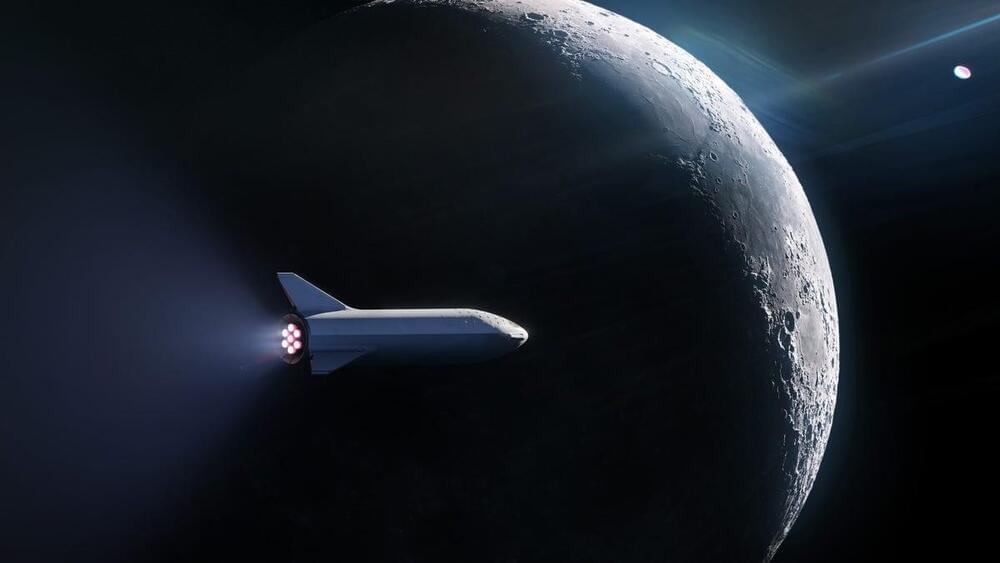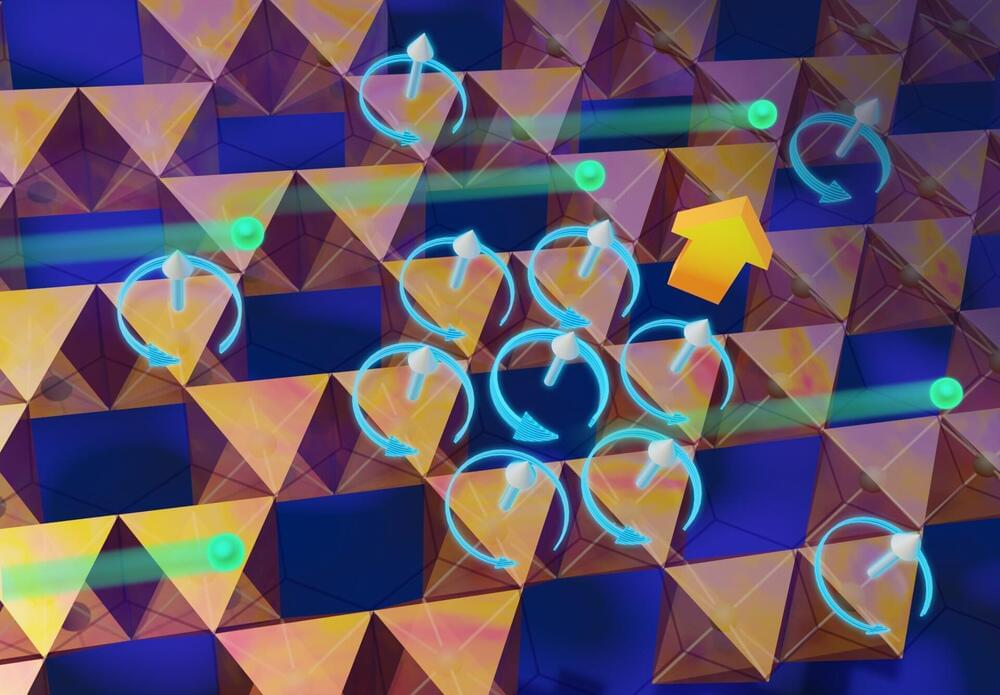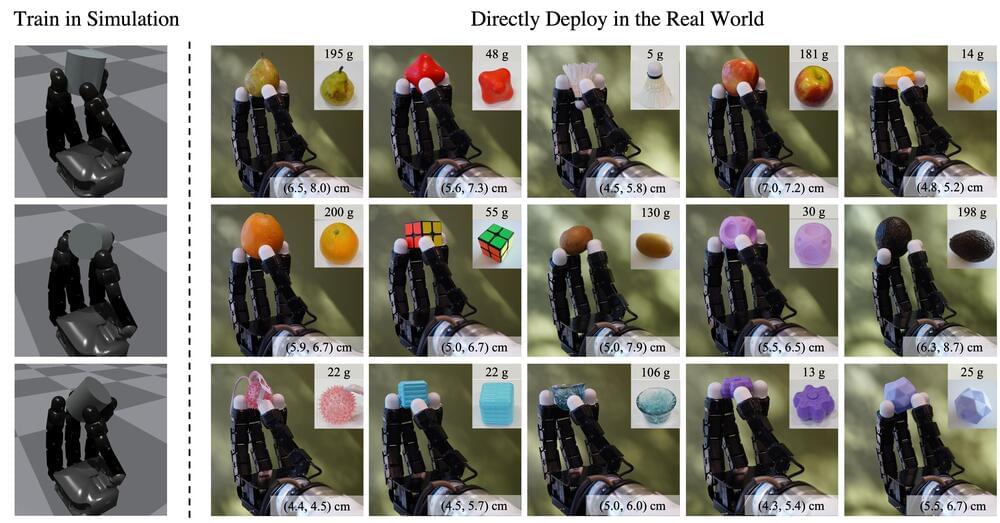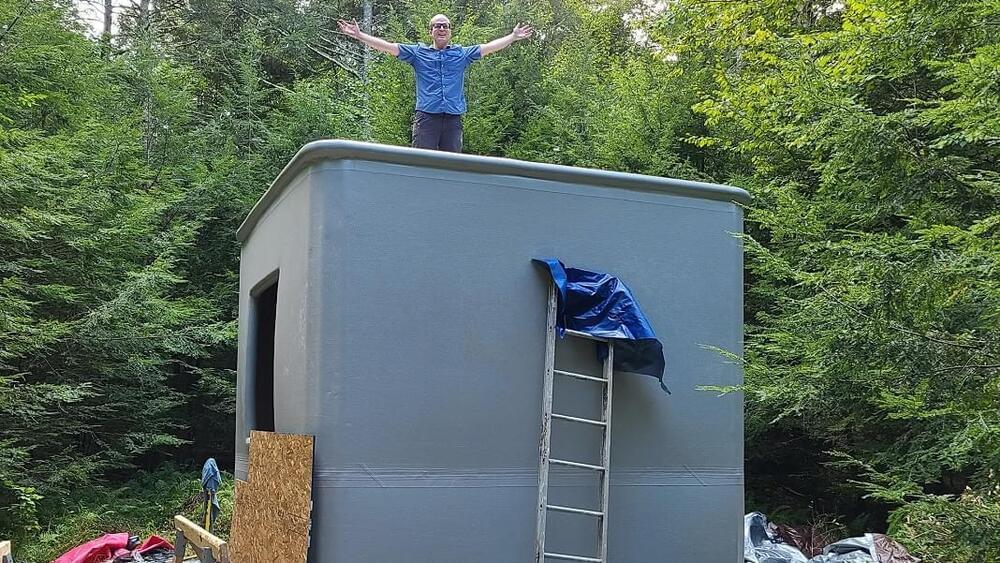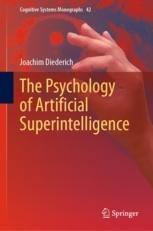Page 3184
Oct 13, 2022
Signal will remove support for SMS text messages on Android
Posted by Genevieve Klien in categories: robotics/AI, security
Signal says it will start to phase out SMS and MMS message support from its Android app to streamline the user experience and prioritize security and privacy.
While this announcement may surprise those who don’t know Signal can also be used to manage this type of text message, the Signal for Android app could be configured as the default SMS/MMS app since its beginning as TextSecure, an app that used the Axolotl Ratchet protocol.
“We have now reached the point where SMS support no longer makes sense. In order to enable a more streamlined Signal experience, we are starting to phase out SMS support from the Android app,” the company said in a blog post published today.
Oct 13, 2022
Scientists demonstrate that electricity may be obtainable from water with a high salt concentration
Posted by Genevieve Klien in categories: climatology, sustainability
Devising renewable sources of energy is a key concern for scientists, political leaders and communities as the world comes to terms with the realities of climate change and the limits of the Earth’s natural resources. In an exciting new development, scientists from the Institute of Scientific and Industrial Research (SANKEN) at Osaka University have demonstrated that electricity may be obtainable from water with a high salt concentration, such as seawater.
Some people think about “osmosis” as just a science term they were forced to learn in elementary school biology class. However, the spontaneous motion of dissolved ions or molecules through a semi-permeable membrane when there is a concentration difference between the two sides can be harnessed to generate electricity. And luckily for us, the oceans are filled with salty water, which may be used to help alleviate humanity’s ever-growing demand for energy. However, in order to be practical, this membrane needs to be very thin and highly selective to allow ions—but not water molecules—to pass through.
Now, a research team led by Osaka University has used conventional semiconductor processing technology to precisely control the structure and arrangement of nanopores in an ultrathin silicon membrane. Because these fabrication methods have been around for decades, the costs and design complexities were minimized. Moreover, the size and location of the pores could be precisely controlled.
Oct 13, 2022
The Search for a Pill That Can Help Dogs—and Humans—Live Longer
Posted by Genevieve Klien in categories: bioengineering, biotech/medical, life extension
Celine halioua drops into a crouch and greets Bocce, a Chihuahua-dachshund mix with soulful brown eyes, like a long-lost friend. “Oh my God, you’re so beautiful!” she chirps. The two have just met in an upstairs room at Muttville Senior Dog Rescue in San Francisco, where light streams in through the open windows and urine occasionally streams onto the floor. About a dozen elderly dogs, none taller than a kneecap, putter around on the gray linoleum or nap on blankets. When Halioua kneels, her dark hair tumbling over her shoulder, Bocce rests his head blissfully in her lap.
A tragedy of human-canine relations is that a 10-year-old dog such as Bocce is old, while a 28-year-old person such as Halioua is in the prime of life. Bocce is one of the lucky ones. Many dogs can only dream of living as long as he likely will, because dog lifespan is inversely correlated with body size. It’s the opposite of the wider pattern in the animal kingdom, where elephants easily outlast mice, which in turn outlive mosquitoes. A Chihuahua can expect roughly 15 years of life; an Irish wolfhound or Great Dane around seven or eight.
Halioua hopes that the startup whose name is emblazoned on her slim black T-shirt— Loyal —can start to fix this bug in humanity’s 14,000-year-plus wolf bioengineering project. The company, which she founded in 2019 and leads as CEO, is developing drugs to delay aging in dogs and extend their healthy lifespan. She has raised around $58 million and has two drugs in development. In a few years, she hopes to have the first commercial drug—for any species—to state on the label that it delays aging or extends lifespan. That alone would be a triumph, but Halioua sees it as a springboard to a still greater feat: creating similar drugs for humans.
Oct 13, 2022
SpaceX Sells 82-Year-Old Billionaire a Starship Ride Around the Moon
Posted by Genevieve Klien in category: space travel
Oct 13, 2022
Largest asteroid ever to hit Earth was twice as big as the rock that killed off the dinosaurs
Posted by Genevieve Klien in categories: asteroid/comet impacts, existential risks
New research suggests that the asteroid responsible for forming Earth’s largest impact crater was even bigger than researchers had previously estimated.
Oct 13, 2022
Physicists probe ‘astonishing’ morphing properties of honeycomb-like material
Posted by Genevieve Klien in categories: chemistry, computing, particle physics, quantum physics
A series of buzzing, bee-like “loop-currents” could explain a recently discovered, never-before-seen phenomenon in a type of quantum material. The findings from researchers at the University of Colorado Boulder may one day help engineers to develop new kinds of devices, such as quantum sensors or the quantum equivalent of computer memory storage devices.
The quantum material in question is known by the chemical formula Mn3Si2Te6. But you could also call it “honeycomb” because its manganese and tellurium atoms form a network of interlocking octahedra that look like the cells in a beehive.
Physicist Gang Cao and his colleagues at CU Boulder synthesized this molecular beehive in their lab in 2020, and they were in for a surprise: Under most circumstances, the material behaved a lot like an insulator. In other words, it didn’t allow electric currents to pass through it easily. When they exposed the honeycomb to magnetic fields in a certain way, however, it suddenly became millions of times less resistant to currents. It was almost as if the material had morphed from rubber into metal.
Oct 13, 2022
In-Hand Object Rotation via Rapid Motor Adaptation
Posted by Dan Kummer in categories: policy, robotics/AI
Generalized in-hand manipulation has long been an unsolved challenge of robotics. As a small step towards this grand goal, we demonstrate how to design and learn a simple adaptive controller to achieve in-hand object rotation using only fingertips. The controller is trained entirely in simulation on only cylindrical objects, which then – without any fine-tuning – can be directly deployed to a real robot hand to rotate dozens of objects with diverse sizes, shapes, and weights over the z-axis. This is achieved via rapid online adaptation of the robot’s controller to the object properties using only proprioception history. Furthermore, natural and stable finger gaits automatically emerge from training the control policy via reinforcement learning.
Oct 13, 2022
This Startup Builds Houses
Posted by Dan Breeden in categories: 3D printing, sustainability, transportation
The form gets rolled out on a concrete slab or other foundation, then inflated with an air pump; at this point, it may look a little like one of those bouncy houses you see at children’s parties. Then a ready mix truck shows up—these trucks can mix concrete on their way to a site or at the site itself—and pumps concrete into the form. The company’s website says they can use local ready mix concrete, aircrete (a lightweight version of concrete that incorporates air bubbles instead of traditional aggregate), sustainable cement, and other “pumpable building materials.”
The concrete-pumping step is a bit like 3D printing, though 3D printed homes use concrete as printer “ink” to put walls down layer by layer rather than spitting all the concrete into a form at once. This is even faster; Bell told New Atlas, “For our 100-square-foot and 200-square-foot prototypes, the inflation took 7 to 10 minutes with air. Then the concrete pump filled them in 1.5 hours.”
Once the concrete has dried, the form isn’t stripped away; it stays right where it is, serving as an airtight barrier for waterproofing and insulation. The final step is to add all the things that make a house look and function like a house rather than a giant clay art project, that is, a facade, windows, doors, drywall, HVAC, and plumbing.
Oct 13, 2022
The Psychology of Artificial Superintelligence
Posted by Dan Breeden in categories: biotech/medical, military, robotics/AI
This book explores the psychological impact of advanced forms of artificial intelligence. How will it be to live with a superior intelligence? How will the exposure to highly developed artificial intelligence (AI) systems change human well-being? With a review of recent advancements in brain–computer interfaces, military AI, Explainable AI (XAI) and digital clones as a foundation, the experience of living with a hyperintelligence is discussed from the viewpoint of a clinical psychologist. The theory of universal solicitation is introduced, i.e. the demand character of a technology that wants to be used in all aspects of life. With a focus on human experience, and to a lesser extent on technology, the book is written for a general readership with an interest in psychology, technology and the future of our human condition. With its unique focus on psychological topics, the book offers contributions to a discussion on the future of human life beyond purely technological considerations.




